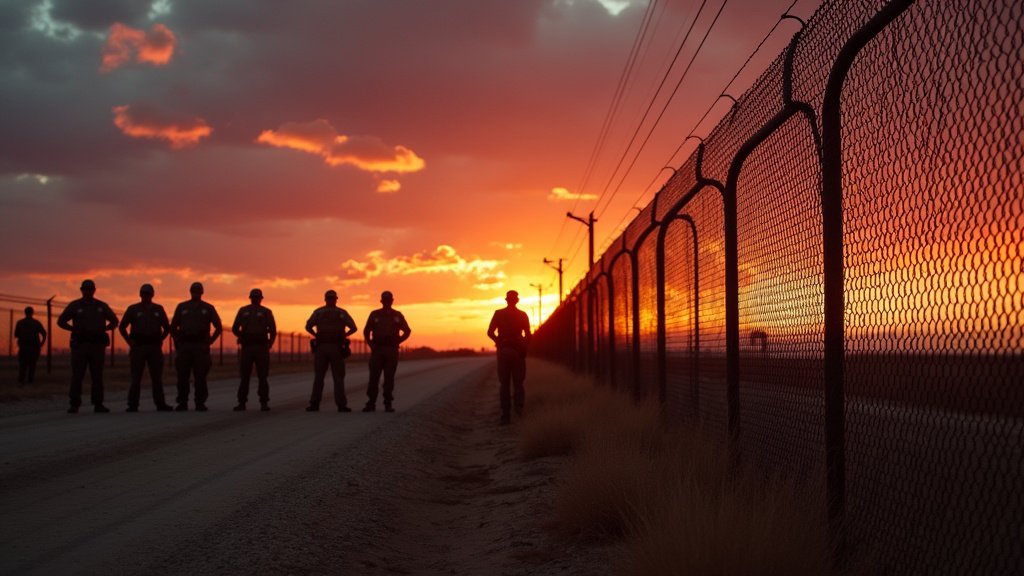U.S. Customs and Border Protection (CBP) reported a record low in border crossings nationwide during June, with a total of 25,228 encounters, marking a significant decrease in unauthorized entries. This figure encompasses all encounters across the U.S., including those at the southern border and those at the northern border with Canada. Apprehensions, a key metric reflecting the number of individuals detained while attempting to enter the U.S. illegally, reached a historic low of 8,024. This data suggests a notable shift in border security dynamics.
Southern Border Apprehensions Decline
The southern border experienced a particularly dramatic decline in apprehensions. In June, there were only 6,072 apprehensions, a 15% decrease compared to the previous record set in March. This reduction indicates a considerable drop in the number of individuals attempting to cross the U.S.-Mexico border without authorization. This decrease is particularly notable given that the southern border typically experiences higher levels of activity compared to other border regions. CBP Commissioner Rodney Scott emphasized the agency’s commitment to protecting the country and delivering results through relentless focus in a press release. The decrease in apprehensions suggests the effectiveness of ongoing border security measures.
Daily Apprehension Figures Reach All-Time Low
June also witnessed the lowest number of apprehensions in a single day. On June 28, the CBP reported only 136 apprehensions across all U.S. borders. This marked a significant milestone, reflecting a substantial drop in daily unauthorized border crossings. Such a low figure represents the culmination of various factors, including enforcement policies, and potential changes in the number of individuals attempting to enter the country illegally. The daily figures provide a granular view of border activity.
Fentanyl Seizures Increase
Despite the decline in overall border crossings, the CBP reported a 3% increase in fentanyl seizures compared to the previous month. A total of 742 pounds of fentanyl were confiscated. This increase suggests ongoing efforts to smuggle illicit drugs across the border, even as overall border crossings decreased. The continued presence of drug trafficking presents a significant challenge to border security efforts. These seizures highlight the complex nature of border security and the ongoing efforts to interdict illegal substances.
National Defense Area Declared
The Department of Defense, at the request of President Donald Trump, designated 110,000 acres of land on the Mexican border in New Mexico as a National Defense Area. The order was signed on May 8, 2025. The designation suggests a heightened level of security concern and indicates a commitment to securing the border. The establishment of a National Defense Area allows for increased military presence and the implementation of stricter security measures. This decision likely reflects the administration’s focus on border security and the protection of U.S. territory.
Incident in McAllen, Texas
In McAllen, Texas, a shooting incident occurred where a gunman was killed and a local police officer was injured. While the nature of the shooting and its relation to border security were not explicitly detailed, it adds a layer of complexity to the broader context of activities along the border. This highlights the dynamic and often dangerous environment faced by law enforcement and residents in border communities. The incident underscores the challenges associated with border security, and the need for effective measures to protect the safety of both law enforcement and civilians.
Enforcement Policies and Results
The data suggests that enforcement policies are yielding tangible results. The significant reduction in apprehensions and the historic low in daily crossings are indicators of a successful strategy. However, the increase in fentanyl seizures underscores the continuing need for vigilance and innovative approaches to address the multifaceted challenges of border security. The combination of these factors reflects a complex and evolving situation along the U.S. borders.






